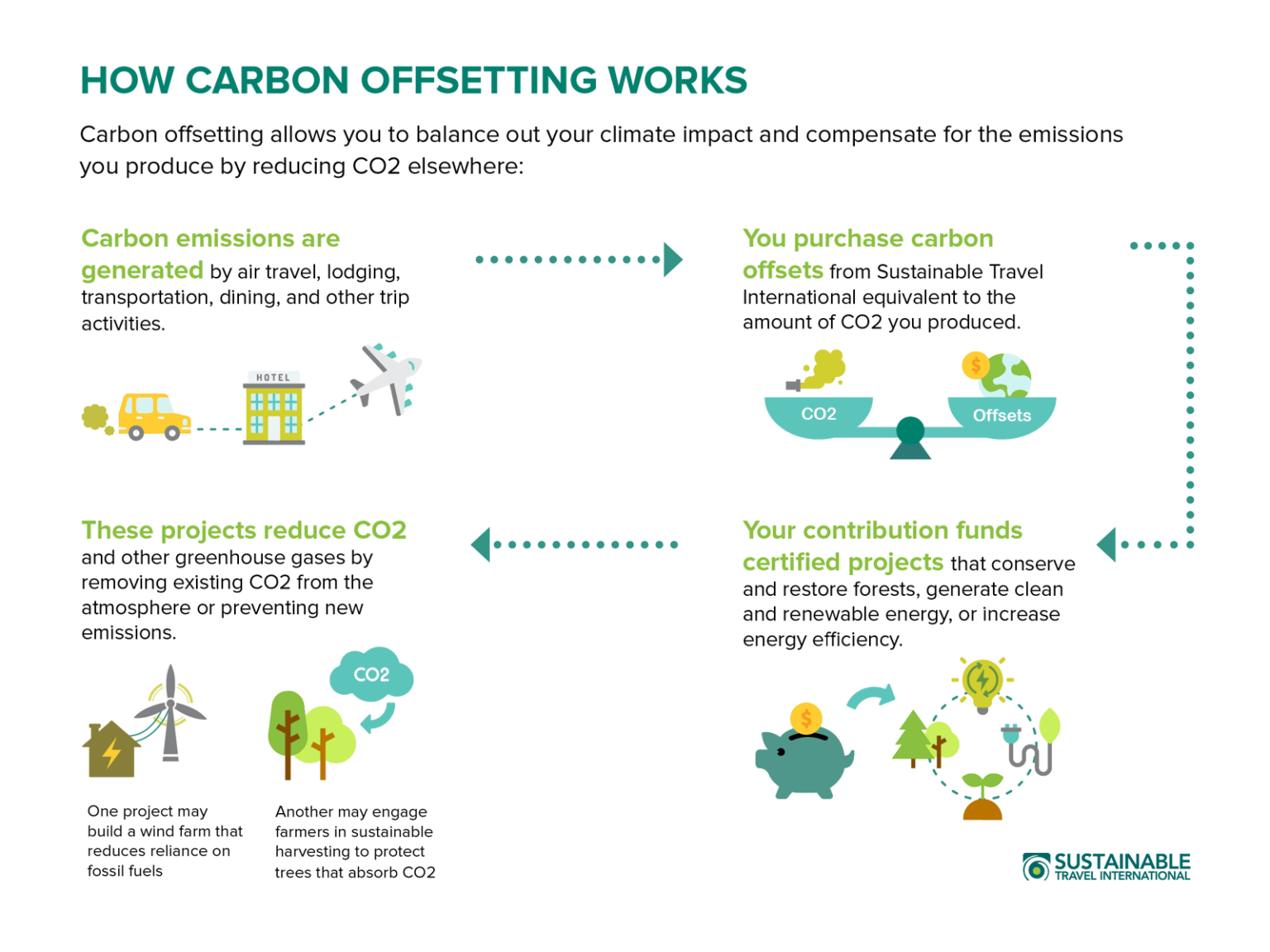Part
01
of one
Part
01
Shell Carbon Offsets
Key Takeaways
- A typical carbon offset involves businesses, the government, individuals, or organizations that pay other people to cut or remove a certain quantity of (greenhouse gases) GHGs from the environment.
- Carbon offsetting projects take many forms including decarbonizing industries, including the transport sector, deploying carbon capturing technologies, relying on renewable energy, and improving forests, wetlands, the soil, and grasslands.
- Shell has an ambitious plan to boost its use of carbon capture and storage (CCS) technology to filter out carbon before it reaches the atmosphere across its plants and aims to reach around 25 million tons of CO2 a year by 2035.
Introduction
Below are analyses regarding the carbon offset process, its purpose, the types of projects used in the offset process, and data relating to Royal Dutch Shell’s carbon offset plans.
What are Carbon Offsets and their Purpose/Ultimate Goal?
- Carbon offsets are a way of balancing the scales of pollution and are achieved through many ways, including paying someone else to “reduce their carbon emissions or increase their carbon sequestration (as in by planting trees) in order to offset your own carbon emissions.”
- The practice of offsetting involves minimizing or eradicating greenhouse gases (GHGs) in one place to compensate for emissions in a different place. The practice entails investing in research and development (R&D) to create plants or solutions that directly reduce GHGs from the atmosphere.
- Carbon offsets can simply be seen as carbon credits designed to illustrate real reduction of GHGs emissions. Practically, offsetting involves corporations or individuals paying other people to cut or remove a certain quantity of GHGs from the atmosphere. The trend is growing in popularity because in many instances, it is cheaper to buy carbon offsets than trying to reduce company GHGs emissions.
- The ultimate goal of carbon offsets is to fight climate change by helping curb GHGs emissions that contribute to climate change in order to achieve net zero emissions.
Carbon Offset Process
- The typical carbon offset process begins by first identifying the sources of emissions and the solutions that reduce, remove, or store the emissions. Businesses emitting GHGs determine the amount of CO2 they are generating and need to offset it.
- The next step is purchasing carbon offsets from renowned providers. Businesses proceed to this step after identifying how much CO2 they are responsible for and are ready to start offsetting their carbon footprint.
- So, assuming a company’s carbon footprint is equivalent to 1 metric ton of CO2, then the business would offset 1 metric ton of CO2. Calculations are then done to determine how much the business would fund the offsetting project, depending on the costs associated with the project being adopted to offset the carbon footprint.
- Then, the contribution funds the offset project; thus, helps reduce GHGs emissions and mitigate climate change.
- The image below shows a typical offset process.
- Overall, carbon offsetting involves decarbonization of various industries, including the transport and buildings that contribute to GHGs emissions by deploying various clean energy solutions and forestry projects.
Retiring an Offset
- Retiring an offset means “the offset is claimed against an individual or organization's carbon footprint, and it has been taken out of circulation to ensure it can only be claimed once.”
- Thus, retiring an offset simply means that the organization, government, or individual funding the offset is permanently removing the offsets from their designated registry.
- Therefore, retiring the offset essentially involves taking the “carbon offset’s unique serial number out of market circulation” to make sure they are not resold.
- In this regard, retiring an offset is a way through which businesses, individuals, the government, and organizations can “claim a particular offset’s emissions reduction as part of their carbon cutting plan or carbon neutral target.”
- Overall, organizations, individuals, businesses, and governments are offsetting their carbon footprint in the atmosphere by funding projects that help reduce the equivalent of the GHGs emissions they have contributed to the atmosphere.
Types of Projects Used in the Offset Process
- The offsetting process takes many forms, including purchasing cleaner-burning cookstoves in developing countries to curb deforestation of firewood, or investing in a wind turbine generator to replace fossil fuels on the power grid.
- Carbon offsets can even take the form of restoring sections of tropical forests or mangroves to help capture carbon from the atmosphere.
- Other projects used in the offset process can include deploying carbon capturing technologies, relying on renewable energy, and restoring forests, wetlands, the soil, and grasslands to minimize GHGs emissions.
Royal Dutch Shell Offset Projects
- The Royal Dutch Shell rolled out plans to boost the use of nature-based carbon offsets and carbon capture and storage (CCS) technology; however, these two climate solutions are in their infancy but are crucial to reducing the global carbon footprint.
- Shell is currently ramping up its reliance on nature-based carbon offset projects, including forestation projects to help it reach 120 million tons of CO2 a year by 2030 having reached 104 million tons in 2019, with the projects costing about $100 million a year.
- The images below show Shell's carbon offset and carbon capture ambitions
- Overall, the company aims to boost its use of carbon capture and storage (CCS) technology to filter out carbon before industrial fumes enter the atmosphere. Shell plans to store the filtered fumes underground or in materials and aims to hit 25 million tons a year by 2035.
Research Strategy
Extensive searches across business reports, nature reports, news, and sustainability reports helped uncover the responses above regarding the carbon offset process, its purpose/ultimate goal, the typical carbon offset process, the types of projects used in the offset process, and data relating to Royal Dutch Shell’s offset projects and ambitions. The findings include graphical illustrations of the typical carbon offset process.



